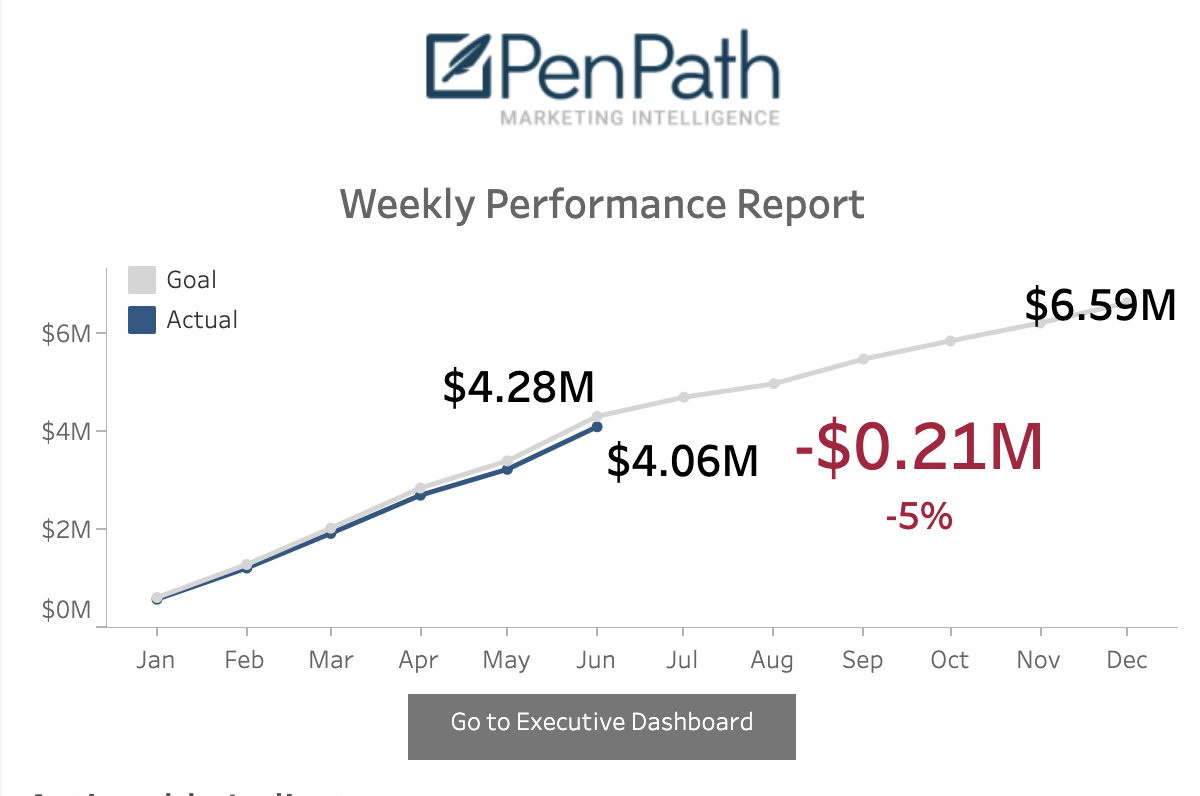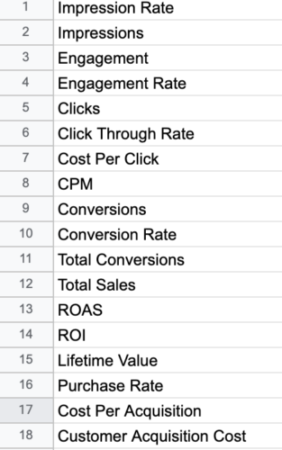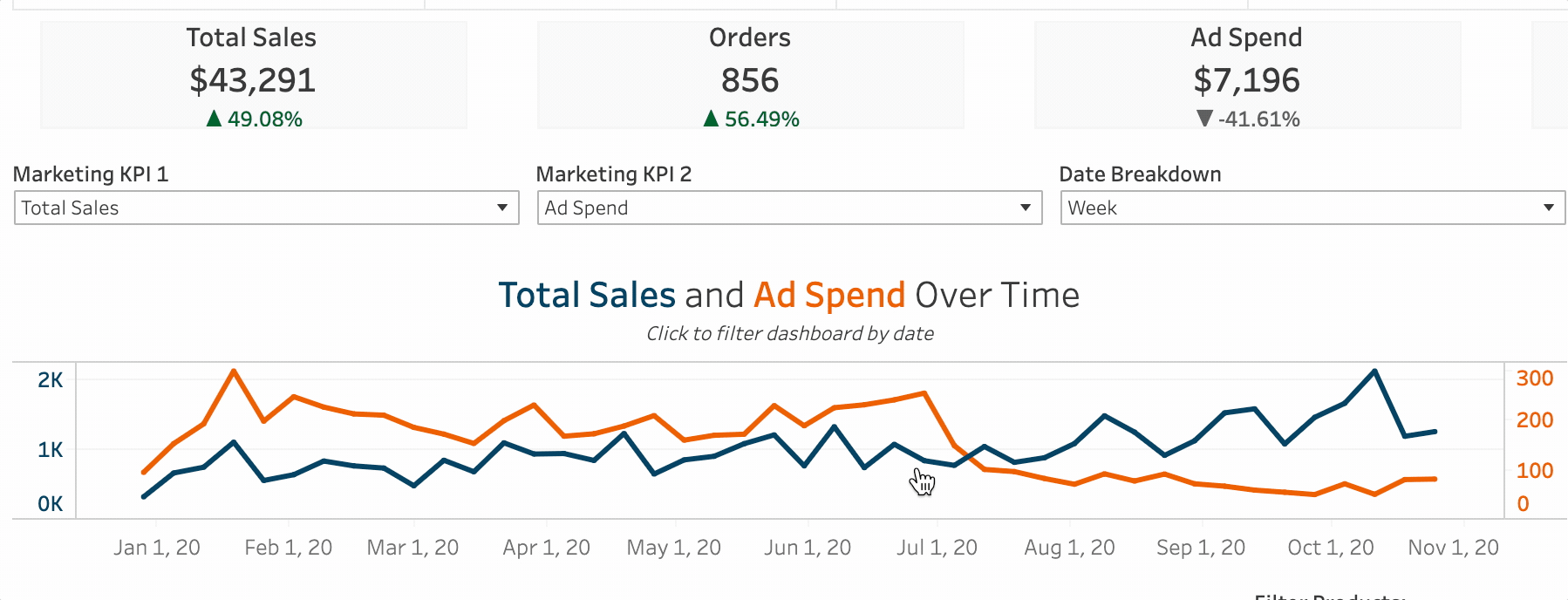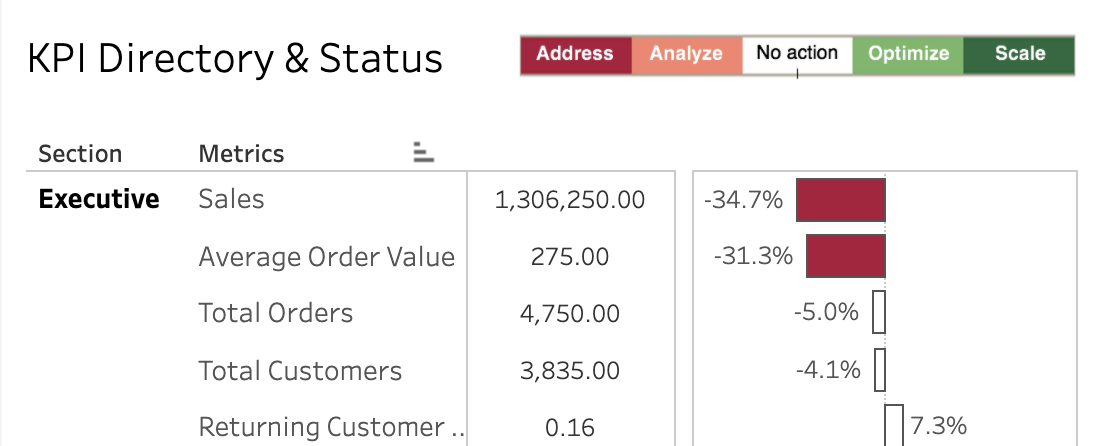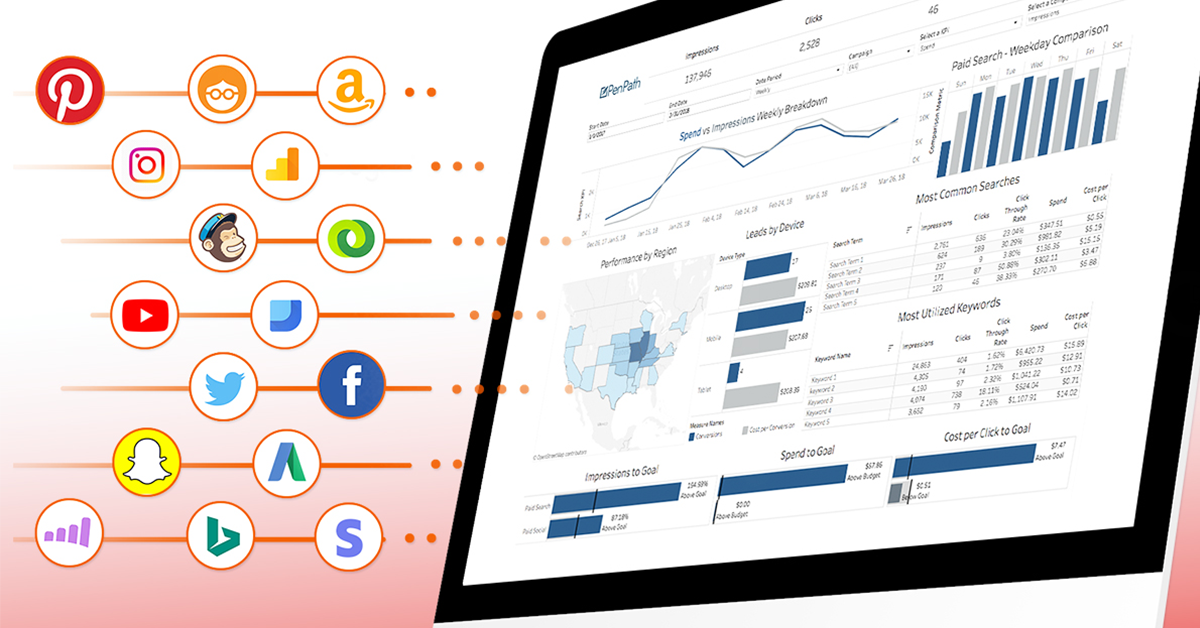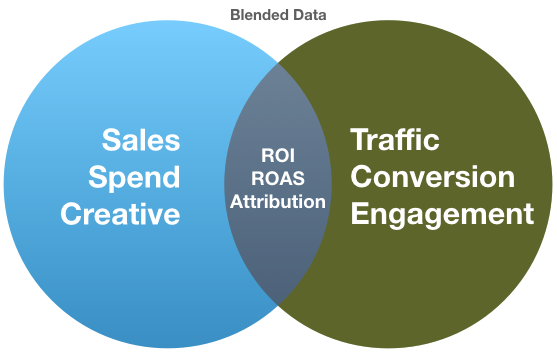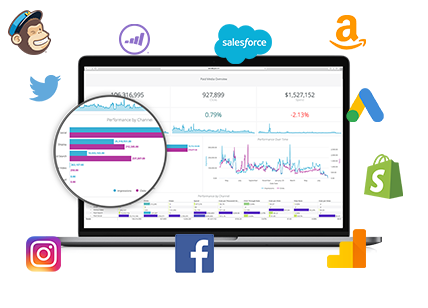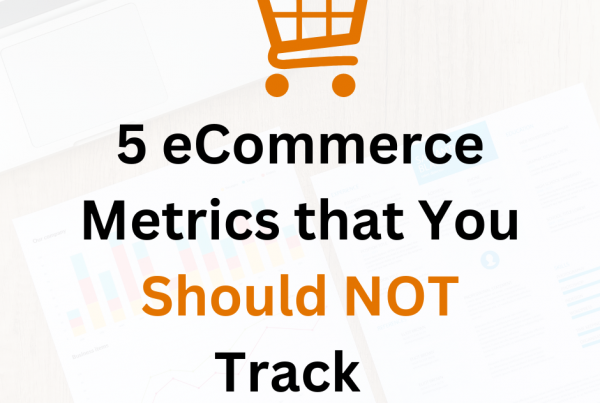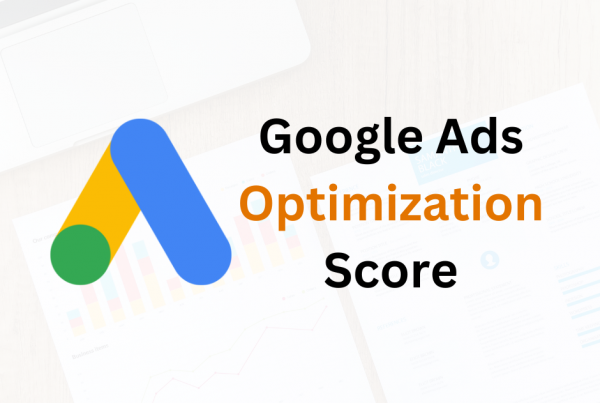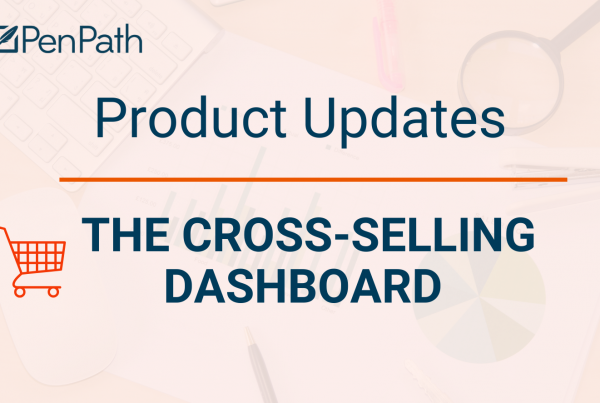When it comes to business data, the iron is hot. It’s time to strike now on data insights that will turbocharge you past competitors. Chief marketing officers are planning to increase investment in marketing technology and digital channels, per the latest Gartner CMO Spend Survey.
But you still have to earn that data budget. And executives are getting skeptical after the promise of “data-driven decisions” that has led too many times to a company’s sea of misfit metrics and deadwood dashboards.
There’s a clear way to live up to that promise: Deliver data insights that make the executives happy. Because that means business is good, and the data is worth the investment. “A fully flexible solution at all seniority levels enables executives, directors and analysts to match the story that they tell with the way they consume the data,” says Alex Cruz, CEO of PenPath, a marketing intelligence solutions provider. “How is each level of the company going to use the data? There’s an art to understanding that.”
Based on our own work with clients and experts across industries, here’s the PenPath Top 10 list of how to deliver data that will actually pay off.
1) Define the No. 1 business goal.
Maybe that’s top-line revenue growth or bottom-line profitability or an expanding customer base. Whatever the goal of your company, all your data initiatives – from your data sources to your dashboards and reports — should all be in support of that goal. Because ultimately, that’s what executives care about most.
2) Determine the primary KPIs that show if you’re tracking toward that goal.
Once you know where you want to go, you can start plotting what will get you there. For an ecommerce company pursuing +15% revenue year-over-year, the top KPIs might be customer transaction frequency, average order value and conversion rate.
3) Isolate the secondary metrics that drive those primary KPIs.
OK, you see what’s happening here. Executives hate misfit metrics, a.k.a. extraneous “fun facts” or numbers that make you go, “So what?” An essential part of their happiness is showing how all the metrics fit together strategically. We all care most about the No. 1 goal, which is powered by the primary KPIs, each of which is driven by certain secondary metrics. The data makes sense in a clear hierarchy, all aligned to business value. So for a primary KPI like conversion rate, secondary metrics include traffic and transaction volume alongside the sources of that volume.
4) Establish what’s actionably good and actionably bad for each metric.
If the red light starts flashing on any of those, the No. 1 goal might be in jeopardy. Work with your data team and company stakeholders to determine at what point you will take action. For example, if a marketing campaign crosses a threshold as the bottom quartile on cost per acquisition, will you end it ASAP? And what if it crosses into the top quartile? Will you allocate a bigger budget right away so you can scale it?
“Basically, how do we do more of what’s good and less of what’s bad?” Cruz says.
5) Blend any data that could affect those KPIs.
Your own internal data can only tell you so much. Enrich the data with more sources, including from ETL providers to access a large library of connections. Add weather, for example, to see if that spike in curbside sales corresponded with that 75-degree sunny afternoon. Make sure you have all the data you need to give the holistic view of the KPIs and No. 1 goal.
“Ultimately, a deep understanding of the insights that you need and how they can be connected through the data is key,” Cruz says.
6) Create the data models.
The models can range from simple to complex, created by a team of data scientists. But all should show what might happen in the future — and what you should do about it. “For instance, a YouTube subscriber is not the same as an Instagram follower,” Cruz says. “The data comes out very differently. And when you have a model that basically tells your total number of followers, we are able to group those metrics in a way that’s the most optimized. And a lot of times it is very, very difficult to do on your own.”
“Other kinds of modeling that we do is very simple, but essential, such as saying how your total spend is happening across all of your platforms that you spend on,” Cruz says. “Or look at your average order value across Amazon and Shopify, your total business average order value. Having a model that right away understands those metrics and has been pre-built to give you those quick answers is critical.”
7) Design the executive presentation.
Notice we didn’t say “build the dashboard” here. This is a crucial point. When you’re considering how to present the data insights, go top down. CEOs (usually) don’t look at dashboards; they look at presentations. So how should these visualizations look on a slide? Figure out the hierarchy of No. 1 goal, KPIs and drivers in terms of the presentation. Everything else flows from there.
“If you’re an executive, you don’t really need to go into a lot of detail and get into the weeds of the data,” Cruz says. “Executives need answers.”
8) Build the director dashboard.
Once the strategy, goal, KPIs, drivers and executive view are established, now comes the time to build the dashboard. At this point, throwing a sea of metrics onto a dash is the easy part. Constructing this strategic approach to data — and ensuring it will succeed — is the hard part.
And again, notice we didn’t say “build the dashboard.” We distinguish between a dashboard that’s for directors and a dashboard that’s for analysts. This director dash should be a balance of those high-level metrics and actionable deeper dives. If that new Facebook campaign is underperforming, the director needs to see by how much and which team to talk to now to fix it.
“With one click, a director should be able to dive into city-level data, then click down to the ad level,” Cruz says. “Directors typically want to focus on optimization.”
9) Build the analyst dashboards.
We’ve seen so many companies start and end with this step. It does not go well. Only doing this step leads to the sea of misfit metrics and deadwood dashboards. But first, let’s clarify what we mean by “analyst dashboard.” That’s the typical dash you see, full of multiple charts and dense data tables and numerous metrics, loaded with interactivity. Often, that’s exactly what an analyst needs. But for directors and above, it’s too much. Let the analysts analyze, then distill that analysis as you go up the levels in the company.
10) Communicate findings and take action.
These should unite all the data, all the dashboards, into a clearer understanding of the business. What’s working, what’s not, what do we need to do next. Some of this can be automated, with a text template or tool that drops in new data points. But much of it still takes the human connection
“All of this work is not only about data,” Cruz says. “It’s about who your customer is, what they do, why they do what they do. What content are you saying that they like? How are you connecting with them? Are they engaging? Are they spending money? Are they returning to your website and purchasing more? The purpose of the data is to derive those insights.”
The insights shape the story. The story guides you to that No. 1 business goal. And after following these steps, reaching that goal is the ultimate payoff.


